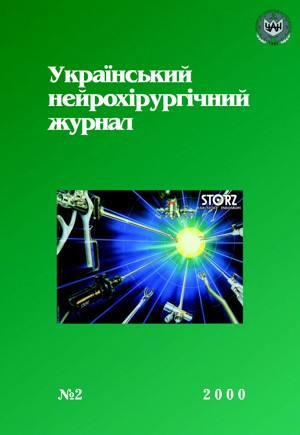Modern sight on treatment tactic in different clinical features of spondylogenic lumbar radiculopathy
Keywords:
degenerative disc disease, lumbar spine, treatment, indicationsAbstract
Because of the often long time pain-conditional impairment of the patients as well as the varied therapy-possibilities, the treatment of the lumbar intervertebral disc represents a special challenge. The main aim of the study was to deal with different therapeutic and surgical treatment according to clinical manifestation and stage of disease. The indication to the operation for the lumbar disk-herniation results from the malfunctions of the nerve roots, the pains, as well as the progression disease symptoms. New and important developments have given the introduction of micro-surgical operation-techniques and different minimally invasive methods. In the current study were detailed the surgical approaches to diskogenic radiculopathy in different stades of spondylosis and discussed the relationship between the pathology stage and surgical tactic.
References
1. Pedachenko E, Kosinov A, Khizhnyak M, Tanaseychuk A. хSurgical treatment for discogenic sciatica - the choice of method, results and prospectsъ. Ukr zhurn maloinvazivnoii ta yendoskopichnoii khirurgii. 1997;1:86. Russian.
2. Polishchuk M, Mykhaylovsʹkyy V, Kosinov A, et al. [The effectiveness of surgery in the pathology of intervertebral discs]. Ukr zhurn maloinvazivnoii ta endoskopichnoii khirurgii. 1997;1:94-99. Russian.
3. Davis H. Increasing Rates of Cervical and Lumbar Spine Surgery in the United States, 1979–1990. Spine. 1994;19(Supplement):1117-1122. [CrossRef]
4. Findlay G, Hall B, Musa B, Oliveira M, Fear S. A 10-Year Follow-Up of the Outcome of Lumbar Microdiscectomy. Spine. 1998;23(10):1168-1171. [CrossRef]
5. Javid M, Hadar E. Long-term follow-up review of patients who underwent laminectomy for lumbar stenosis: a prospective study. Journal of Neurosurgery. 1998;89(1):1-7. [CrossRef]
6. Kutschera H, Lack W, Buchelt M, Beer R. Comparative sudy of surface displacement in discs following chemonucleolysis and lasernucleotomy. Lasers Surg Med. 1998;22(5):275-280. [CrossRef]
7. Magnaes B. [Sciatica — diagnosis and surgical management]. Nord Med. 1998 Sep;113(7):233-234. Norwegian. [PubMed]
8. Merlo A. What is the role of minimal invasive endoscopic surgery in treatment of lumbar disc hernias? Praxis (Bern 1994). 1998 Apr 29;87(18):607-609. German. [PubMed]
9. Schwetlick G. [Microsurgery in lumbar disc operations. Possibilities, methods and results]. Orthopade. 1998 Jul;27(7):457-465. German. [PubMed]
10. Slotman G, Stein S. Laminectomy Compared with Laparoscopic Diskectomy and Outpatient Laparoscopic Diskectomy for Herniated L5–S1 Intervertebral Disks. Journal of Laparoendoscopic & Advanced Surgical Techniques. 1998;8(5):261-267.
11. Wittenberg R, Lutke A, Logwitz D, et al. The correlation between magnetic resonance imaging and the operative and clinical findings after lumbar microdiscectomy. Int Orthop. 1998; 22(4):241-244. [PubMed]
Downloads
How to Cite
Issue
Section
License
Copyright (c) 2000 Mykola Polishchuk, Eugene Slynko, Andriy Muravskiy, Anatoliy Korotkoruchko, Anatoliy Kosinov, Anatoliy Pastushin, Mykhaylo Tsymbal

This work is licensed under a Creative Commons Attribution 4.0 International License.
Ukrainian Neurosurgical Journal abides by the CREATIVE COMMONS copyright rights and permissions for open access journals.
Authors, who are published in this Journal, agree to the following conditions:
1. The authors reserve the right to authorship of the work and pass the first publication right of this work to the Journal under the terms of Creative Commons Attribution License, which allows others to freely distribute the published research with the obligatory reference to the authors of the original work and the first publication of the work in this Journal.
2. The authors have the right to conclude separate supplement agreements that relate to non-exclusive work distribution in the form of which it has been published by the Journal (for example, to upload the work to the online storage of the Journal or publish it as part of a monograph), provided that the reference to the first publication of the work in this Journal is included.









